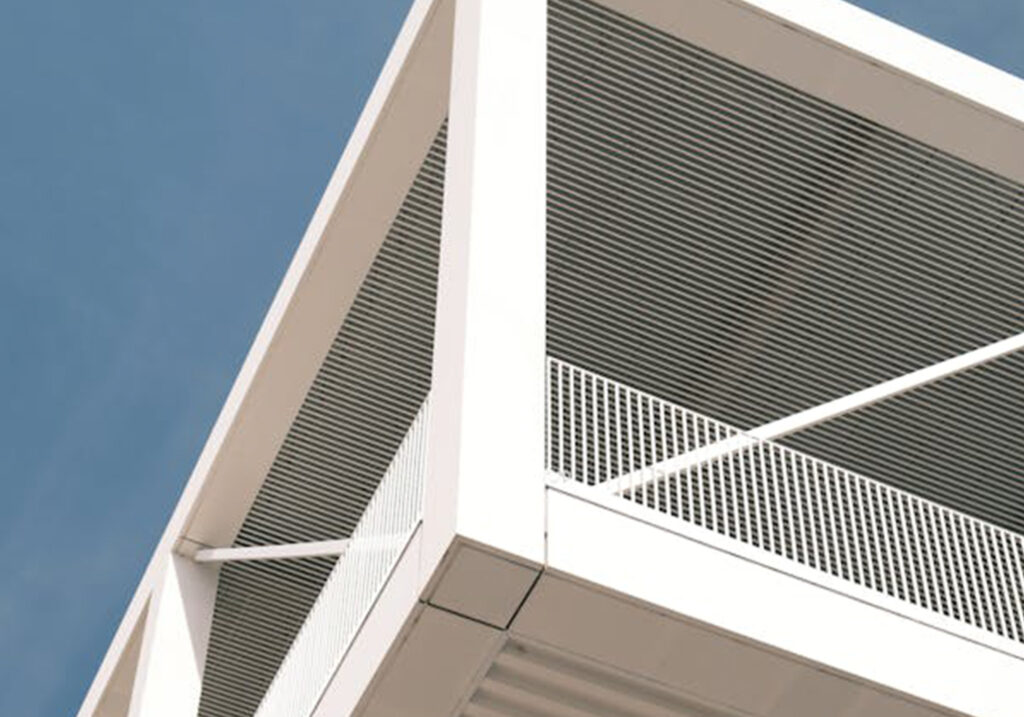For those who are not familiar with the construction industry, certified metal buildings may not be on their radar. But they do exist, and if you have a piece of real estate that you want to build a metal building on, then this is one thing you should know about.
When considering the construction of a metal building, whether it be for a garage, barn, storage unit, or any other purpose, it is crucial to understand the key differences between certified and non-certified metal buildings.
Each type of structure comes with its own set of advantages, disadvantages, and specific requirements. In this article, we will explore these differences, helping you make an informed decision for your project. From structural integrity to legal and safety concerns, understanding these distinctions is essential in ensuring the longevity, safety, and compliance of your metal building.
What Is a Certified Metal Building?
A certified metal building is a type of structure that has been meticulously designed, engineered, and verified to meet or exceed local building codes and safety regulations. This process involves detailed calculations that account for various environmental factors such as wind load, snow load, seismic activity, and other regional conditions that could affect the building’s stability. These factors are essential in determining the strength and durability of the building, ensuring it can withstand the specific environmental challenges it may face. The certification process guarantees that the design and construction of the building are not only safe but also legally compliant with the requirements of the area where the building is located. The structure is signed off by a licensed engineer or architect, confirming its compliance with local and national standards.
One of the primary advantages of opting for a certified metal building is the assurance that it has been thoroughly evaluated for safety. For instance, certified metal buildings are often required for commercial or residential use where a higher level of structural integrity is critical. This certification provides peace of mind to both the owner and the local authorities, as it indicates that the building is robust and safe for its intended purpose. Whether for use as a warehouse, garage, storage unit, or even a living space, a certified building offers higher protection against the elements and is likely to stand the test of time. Furthermore, certified buildings are more likely to meet insurance and zoning requirements, making it easier for owners to acquire the necessary permits or insurance coverage for the structure.
However, one of the trade-offs when opting for a certified metal building is the increased cost compared to a non-certified metal building. This additional expense arises from the need for specialized engineering designs, thorough inspections, and compliance with strict local regulations. While this upfront cost can be higher, the long-term benefits of having a certified structure often outweigh the initial investment. Not only does the certification provide enhanced safety and compliance, but it also ensures that the building is durable, secure, and likely to experience fewer maintenance issues over time. In many cases, the added cost is justified by the structural integrity, longevity, and peace of mind that comes with knowing your building is certified to handle the environmental stresses it may encounter.
Key Benefits of Certified Metal Buildings
- Structural Integrity and Safety: The primary benefit of a certified metal building is its guarantee of structural safety. The building has been carefully designed to withstand specific weather conditions such as high winds, heavy snow, or earthquakes, depending on the region. The safety aspect is a crucial consideration when constructing a building that will be used for business, storing valuable assets, or housing people.
- Insurance and Financing: Certified metal buildings often qualify for insurance policies at better rates compared to non-certified buildings. This is because they are considered safer and more durable, which reduces the risk for insurance providers. Additionally, many financial institutions may require a certified building before offering loans for construction, as certified structures provide more security for the investment.
- Legal Compliance: In many jurisdictions, local building codes and zoning laws require structures to meet specific safety standards. Certified metal buildings ensure that all necessary permits and legal requirements are met, which helps avoid fines, delays, and potential issues with property ownership or future resale. Non-certified buildings, on the other hand, may not meet these standards, leading to legal complications.
What Is a Non-Certified Metal Building?
A non-certified metal building, as the name suggests, lacks the certification that guarantees compliance with local building codes and regulations. These buildings are generally designed and constructed using pre-engineered plans, but without the detailed structural analysis that comes with a certified design. They are often used for personal or recreational purposes, such as garages, storage sheds, or barns, where the primary concern is not strict adherence to local building codes or safety regulations.
Non-certified metal buildings are typically more affordable than certified ones because they do not require the detailed engineering design or the stamp of approval from a licensed professional. These buildings are generally considered more suitable for situations where the structure will not be exposed to extreme environmental conditions, or where the risk of structural failure is lower. While non-certified buildings may be a viable option for certain applications, there are important considerations to keep in mind.
Key Benefits of Non-Certified Metal Buildings
- Cost Savings: One of the most obvious benefits of non-certified metal buildings is their lower cost. Without the need for detailed engineering, professional inspections, and compliance with building codes, non-certified buildings are often much cheaper than their certified counterparts. This makes them a cost-effective option for people who need a basic storage or workshop space and are not concerned with strict regulations.
- Faster Construction: Since non-certified buildings require less paperwork, engineering, and regulatory approvals, the construction process can be completed much more quickly. This is beneficial for individuals or businesses who need a fast solution for temporary or minimal-use structures.
- Flexibility: Non-certified buildings often come in a variety of pre-engineered sizes and designs. For those seeking a simple structure without the need for custom engineering, non-certified metal buildings can provide a straightforward and flexible solution. However, it’s important to note that the design options for non-certified buildings may be more limited than for certified buildings.
Risks and Disadvantages of Non-Certified Metal Buildings
- Structural Integrity Concerns: The lack of detailed engineering means that non-certified buildings may not meet the necessary safety standards required in certain areas. For instance, they may not be designed to withstand heavy winds, snow, or seismic activity, which could result in serious damage in the event of a natural disaster. Furthermore, non-certified buildings may be built with lower-quality materials that are not as durable as those used in certified buildings.
- Insurance Issues: Non-certified buildings may be harder to insure, as many insurance companies require proof that the structure meets local building codes. Without certification, you may face higher premiums or have difficulty finding coverage at all. This is especially concerning for commercial and industrial uses, where the building houses valuable equipment or inventory.
- Legal and Zoning Complications: As mentioned earlier, many local governments and municipalities have strict zoning laws and building codes. A non-certified building may not meet the necessary requirements, which could result in fines, penalties, or even orders to tear down the structure. This can be a major inconvenience, especially if the building is already in use.
- Resale Issues: If you ever decide to sell a property with a non-certified metal building, potential buyers may be wary due to the lack of certification and the associated risks. Many buyers may prefer a certified structure that ensures compliance with safety standards, reducing the likelihood of complications down the road.
Deciding Between Certified and Non-Certified Metal Buildings
When deciding between certified and non-certified metal buildings, it’s important to carefully consider the purpose of the building and the environment in which it will be located. For personal use, such as storing vehicles, gardening tools, or other non-essential items, a non-certified building may be sufficient. However, if you plan to use the building for commercial purposes, storage of valuable goods, or housing employees, a certified building is the safer and more reliable option.
The type of location plays a significant role in your decision. If your property is located in an area prone to extreme weather conditions such as hurricanes, heavy snow, or tornadoes, a certified building will provide the protection you need. On the other hand, if the building will be situated in a mild climate with little risk of extreme weather, a non-certified structure may be adequate for your needs.
Additionally, it’s important to think about the long-term investment. Certified buildings offer greater longevity, lower maintenance costs, and better resale value. If you plan on using the building for many years, it may be worth investing in a certified metal building to ensure your property is secure, compliant, and safe.
Conclusion
Understanding the differences between certified and non-certified metal buildings is crucial when deciding on the right structure for your needs. Certified metal buildings offer a higher level of safety, compliance, and long-term durability, making them ideal for commercial, industrial, or residential use where security and legal compliance are a concern. Non-certified buildings, while more affordable and faster to construct, may not offer the same level of protection or compliance with local codes, making them more suitable for personal, low-risk applications.
Ultimately, the choice between a certified and non-certified metal building depends on your specific needs, the intended use of the building, and the environmental factors at play. By considering the benefits, risks, and costs associated with each option, you can make an informed decision that will provide you with the best value and peace of mind.

